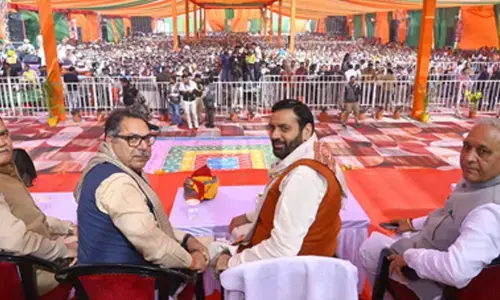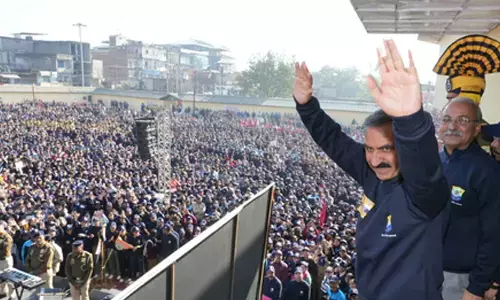How about transmitting power without wires?

Wireless power likely to be a reality soon as many private companies are working on it
Can you imagine power being transmitted through thin air and not having any cords or wires all over our surroundings? Well, a few global consumer companies are trying to make this a reality.
The applications for this idea are across different sectors. For instance, 1. Starbucks is working on having phone charging at every coffee table; 2. Qi is developing cordless kitchen appliances; 3. Bosch on cordless drills at the constructions sites; 4. IKEA is looking to have wireless homes with integrated furniture and lightning; 5. Delphi is researching on the onboard wireless phone and device chargers in an automobile.
Almost 120 years ago, Nicolas Tesla, the famous scientist from the 1800s, attempted to light up an area 25 km away using wireless power. You have to give it to Tesla for being such a forward-thinking and impressive physicist.
His research did not get enough funding to crack this problem at that time since this was much more expensive than sending electricity through copper wires. After these many years of no activity, businesses have started to work on this for less than a decade.
What used to be a small and consumer-centric market in 2012 is over a $1 billion worth now. Wireless power space is slated to grow to $ 5 billion by 2022. Even at that market size, it will still be a small consumer market; the expectation is that it will eventually expand to industrial and automotive markets in times to come.
Wireless power can broadly be defined as the transmission of electrical energy without wires. It is compared with wireless transmission of information like radio, Wi-Fi internet and mobile phones. The difference being the later focusses only on data and not energy.
The question that comes up is how does this work. The fundamental concept it works on is based on a high school physics concept called 'Faraday's law of induction'. The law says that the AC current is produced when there is a changing magnetic field.
While the dream of having wireless power exists since 1899 through Tesla, even today commercially available applications are limited to wireless toothbrushes and mobile charger mats at most.
In both cases, induction-based charging happens only in close quarters.
Ultimate idea is to build smartphones, laptops and other gadgets without any battery in them. For this to happen, the wireless power needs to become commercially viable.
It does have a few hiccups along the way that need to be addressed. One is transmission efficiency or loss of power, second is safety of people and pets around these devices and third is overall increase of load on the grid.
WiTricity was founded in 2007 by a team of MIT researchers to invent a commercially viable method of energy transmission over more considerable distances.
Similarly, companies such as Energous and Ossia are working on various ideas to make this all a reality. Both focus on developing "true" wireless charging that works over the air (OTA), so you can power up at a distance.
The technologies these companies have developed let you charge a device by transmitting power over the air without using cable or inductive charging coils.
Energous for instance sends power though a 900 MHz wireless frequency similar to Wi-Fi signals. Radio Frequency signal is converted to DC power using their technology.
They use directional antenna to send energy directly to the receiver. They can smartly go around obstacles by reflecting energy beams off walls and ceilings.
Ossia used a method of connecting the devices to the energy source in a way similar to a Bluetooth or Wi-Fi pairing. The devices can talk to the source and get energized on needed basis.
The source can prioritize these requests from different devices in the room and charge the ones with lower battery first and turn itself off when all devices are fully charged.
This fascinating technology is getting closer and closer to becoming commercially available and future holds a lot of promise.
(The author is Chairman and CEO of Hyderabad-based Brightcom Group)
















